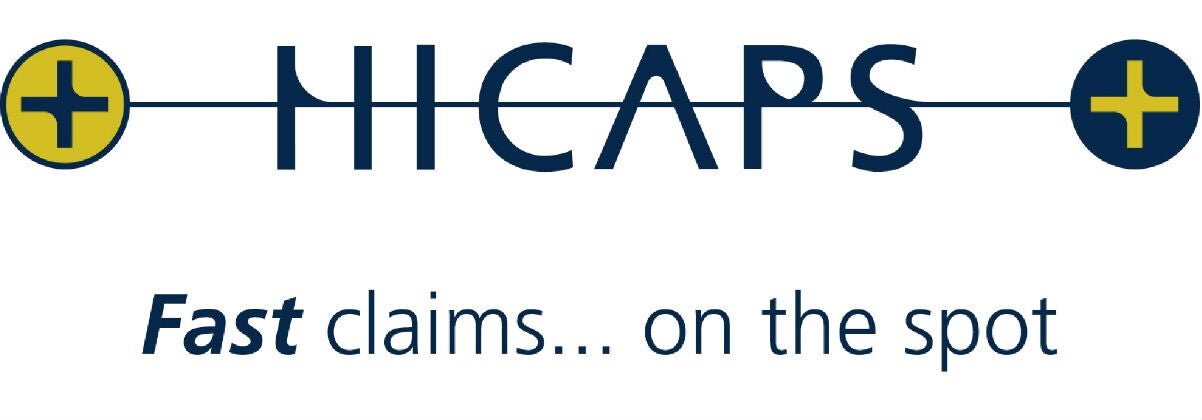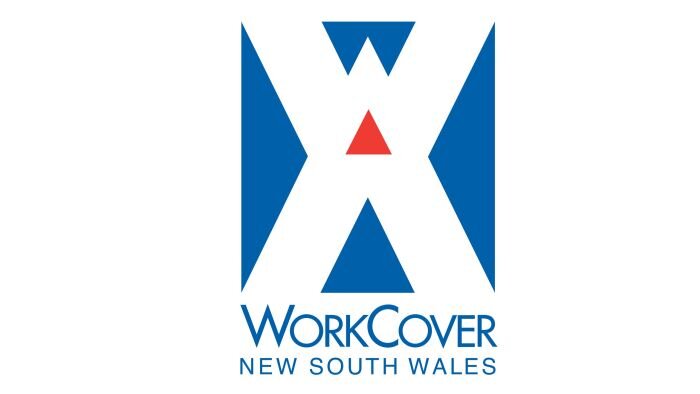Morton's Neuroma
What is Morton’s Neuroma?
A Morton’s Neuroma is actually incorrectly termed, with the name suggesting it is a tumour or growth. Rather than a true neuroma, it is actually what is called a perineural fibrosis, which means that over time the sheath surrounding the nerve becomes irritated, inflamed, and forms a thickened scar tissue.
Morton's Neuroma Symptoms
It usually occurs in between the 3rd and 4th toes (about 65% of cases) as is pictured to the right. It is less commonly found in the 2nd web space, and rarely at all in the 1st or 4th web spaces. You can also experience pins and needles and/or numbness as a result of the nerve being affected.
The condition tends to occur predominantly in middle-aged females.
What Causes Morton’s Neuroma?
A Morton’s Neuroma is a result of complex biomechanical changes that occur in your feet. There are a number of theories as to the exact cause of the scarring and thickening, but it basically boils down to an overload of the tissue structure. The body lays down scar tissue to try to protect the overloaded structure.
Tight-fitting shoes may exacerbate a Morton’s Neuroma. Shoes such as high heels and shoes with tight toe boxes (eg women's fashion shoes and cowboy boots) are particularly damaging to the toes. These shoes have a sloping footbed and a narrow toe box. The slope causes the front of the foot to bear your weight. The angle of the toe box then squeezes your toes together.
Footwear is not the only cause of a Morton’s Neuroma. Injuries to the foot can also be a factor in developing the condition by changing your foot biomechanics. Poor foot arch control leading to flat feet or foot overpronation does make you biomechanically susceptible to a neuroma.
Morton’s Neuroma Treatment
PHASE I - Pain Relief. Minimise Swelling & Injury Protection
Pain is the main reason that you seek treatment for a neuroma. Analgesics may help. Inflammation it best eased via ice therapy and techniques or exercises that unload the inflammed structures. Anti-inflammatory medications may help.
Your physiotherapist will use an array of treatment tools to reduce your pain and inflammation. These include ice, electrotherapy, acupuncture, unloading taping techniques, soft tissue massage and orthotics to offload the irritated nerve.
One of the biggest factors in relieving pain may be changing or modifying your footwear. This may mean adding felt, foam or gel products to your shoe to help offload the area, or looking at avoiding tight-fitting heels or shoes.
Metatarsal domes are often very useful.
Sometimes a corticosteroid injection is required to help settle the inflammation surrounding the nerve. You should experience good pain relief with a steroid injection, however, there are some risks that you should discuss with your physio or doctor.
PHASE II - Restoring Normal ROM & Posture
As your pain and inflammation settle, your physiotherapist will turn their attention to restoring your normal toe and foot joint range of motion and muscle length.
Treatment may include joint mobilisation and alignment techniques, massage, muscle and joint stretches, taping, or orthotic. Your physiotherapist is an expert in the techniques that will work best for you.
PHASE III - Restore Normal Muscle Control & Strength
Your foot posture muscles are vital to correct the biomechanics that led to the overload injury. Your physiotherapist will assess your foot posture muscles and prescribe the best exercises for you specific to your needs.
PhysioWorks has developed a “Foot Posture Correction Program” to assist you in regaining your normal foot posture. Please ask your physio for their advice.
PHASE IV - Restoring Full Function
During this stage of your rehabilitation is aimed at returning you to your desired activities. Everyone has different demands for their feet that will determine what specific treatment goals you need to achieve. For some, it is simply to walk around the block. Others may wish to run a marathon or return to a labour-intensive activity. Your physiotherapist will tailor your rehabilitation to help you achieve your own functional goals.
PHASE V - Preventing a Recurrence
A Morton’s Neuroma may recur with repeated overload. The main reason is biomechanical. In addition to your muscle control, your physiotherapist will assess your foot biomechanics and may recommend either a temporary off-the-shelf orthotic or refer you to a podiatrist for custom made orthotics. You should avoid wearing high heel shoes and shoes with tight or angular toe boxes. Your physiotherapist will guide you.
Morton’s Neuroma Surgery
Surgery is occasionally required when the conservative treatment is not able to relieve your symptoms, particularly if you have had pain for more than 6 months. 80% of patients who require surgery report good results, with 71% of people becoming pain-free.
More Advice
If you have any concerns or have some specific questions regarding your condition, please ask your physiotherapist.
Call PhysioWorks
Book Online




